What is Hemlock? (Why Does Hemlock Poison?)
Toxic to humans and animals, hemlock is a dangerous plant. The plant, on its whole, is poisonous. All phases of its development are hazardous; the most deadly period occurs in the spring. People have died after ingesting animals that have eaten hemlock portions poisoned by the plant’s toxins.
Hemlock is a native of Europe and western Asia, brought to North America as an attractive plant by European settlers. Southern Canada and the United States are the most common places to find. It generally grows along rivers and streams, as well as along fences, roadsides, ditches, abandoned construction sites, pastures, crops, and other agricultural land uses.
Unfortunately, it has poisoned several individuals who mistakenly believed it was a harmless plant. People have been poisoned by mistakenly thinking the plant was parsnip, parsley, wild celery, or anise, amongst other things.
Hemlock, scientifically known as Conium Maculatum, is a lethal plant. Clusters of white blooms develop on the stem of the hemlock plant, which also has a few purple markings. This plant may reach a height of 9 feet. Although it is normally seen in the spring, it may grow year-round in certain areas. Anyone who consumes the plant’s seeds, blooms, leaves, or fruits will suffer from hemlock poisoning.
Why Does Hemlock Poison?
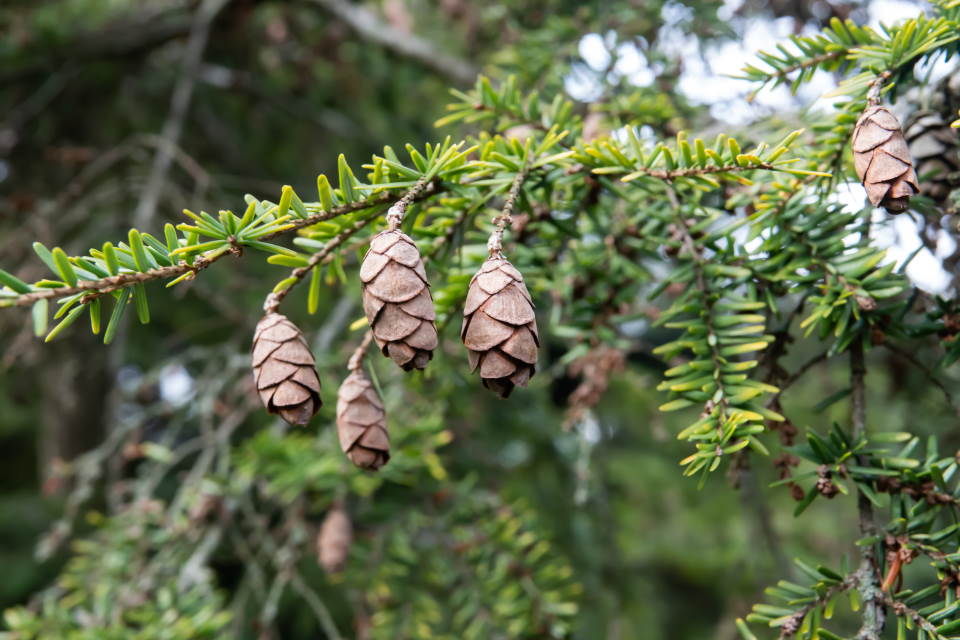
Toxic alkaloids are present in every part of this plant and may be lethal even in small doses. Nerve impulse transmission to your muscles may be affected by alkaloids, resulting in respiratory failure that ultimately kills you. Hemlock, on the other hand, includes toxins that interfere with the passage of nerve impulses to the muscle. There is a risk of mortality as a result of this. Some individuals may get a skin response just by touching this plant, and there is currently no cure.
The leaves are very toxic in the spring until the plant develops flowers. Hemlock has roots that look like wild parsnips and leaves that look like parsley. This is the most common cause of poisoning by mistake. This noxious plant may be found in waste areas and along fences along roadsides. This plant is especially detrimental to animals since it may be found in pastures and crops alongside other plants that are not harmful to livestock. Because of this, animals tend to avoid eating it until no other plants or food sources are available.
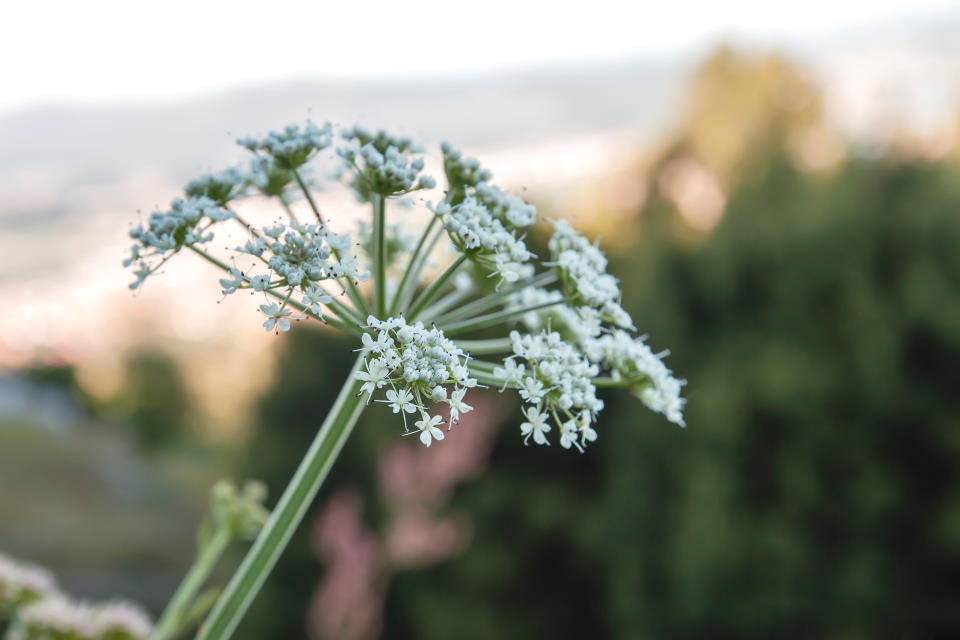
Hemlock has several alternative names:
- Deadly Hemlock
- Spotted Hemlock
- California Fern
- Poison Parsley
Hemlock poisoning symptoms might appear from 30 minutes to hours after the plant has been consumed. Toxic levels of the plant and how much of it you ingested may significantly impact your symptoms.
Hemlock poisoning may cause the following symptoms:
- Trembling
- Burning ?n The Digestive Tract
- ?ncreased Salivation
- Dilated Pupils
- Muscle Pain
- Muscle Weakness Or Muscle Paralysis
- Rapid Heart Rate Followed By A Decreased Heart Rate
- Loss Of Speech
- Convulsions
- Unconsciousness Or Coma
If you eat too much of this plant, you could have serious health problems. Hemlock poisoning may lead to the following side effects:
- Central Nervous System Depression
- Respiratory Failure
- Acute Rhabdomyolysis, Or Breakdown Of Damaged Skeletal Muscle
- Acute Renal Failure
- Death
Medical treatment should be sought immediately if you have any unpleasant symptoms after touching, tasting, or ingesting a hemlock plant.
Are There any Treatments for Hemlock Poisoning?
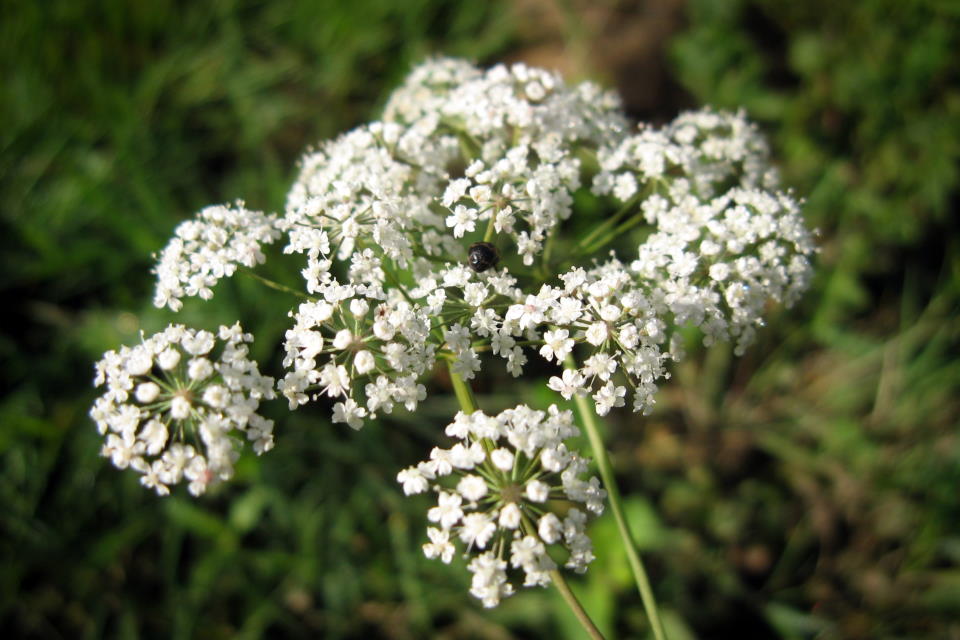
Hemlock poisoning has no cure as of yet. It all depends on the severity of your ailment and the specific symptoms you’re experiencing during your visit. Your doctor may use ventilation assistance if they find that you have difficulties breathing. Your doctor will also attempt to eliminate it from your digestive system by decontaminating your gastrointestinal tract. Anti-seizure medication may be used if you begin to have seizure symptoms. Intravenous fluids may also keep you hydrated and replenish your nutrients if you get dehydrated.
The main technique of prevention is to remove this plant. According to experts, digging out tiny sections and ensuring that the roots are removed is the preferred method of removal. Once grown, hemlock plants may resprout and release deadly vapors when cut or mowed.
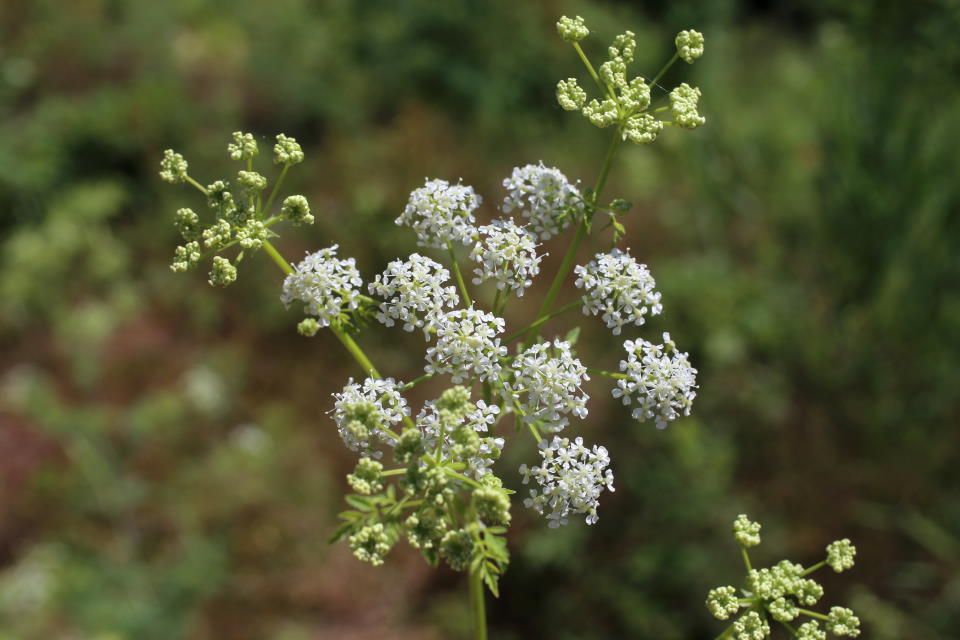
Please do not dispose of these plants in a fire. The vapors might exacerbate asthma symptoms and an allergic response. You may also use herbicides to eliminate them, although they are ineffective once the plants have started flowering. Late autumn and early spring are ideal times to apply herbicides since the plants are just beginning to develop.
To avoid an allergic response, use gloves, face masks, and other protective clothes while dealing with poison hemlock plants. Before disposing of the hemlock plants, store them in a plastic bag to prevent additional contamination. Poisoning with it may be deadly, and there is no known cure. Ingestion of the plant might cause symptoms as soon as 30 minutes later. Depending on how many hemlocks you ingested and how deadly the plant was when it was consumed, your poisoning will be more severe or less severe.
What Are the Uses of Hemlock Grass?
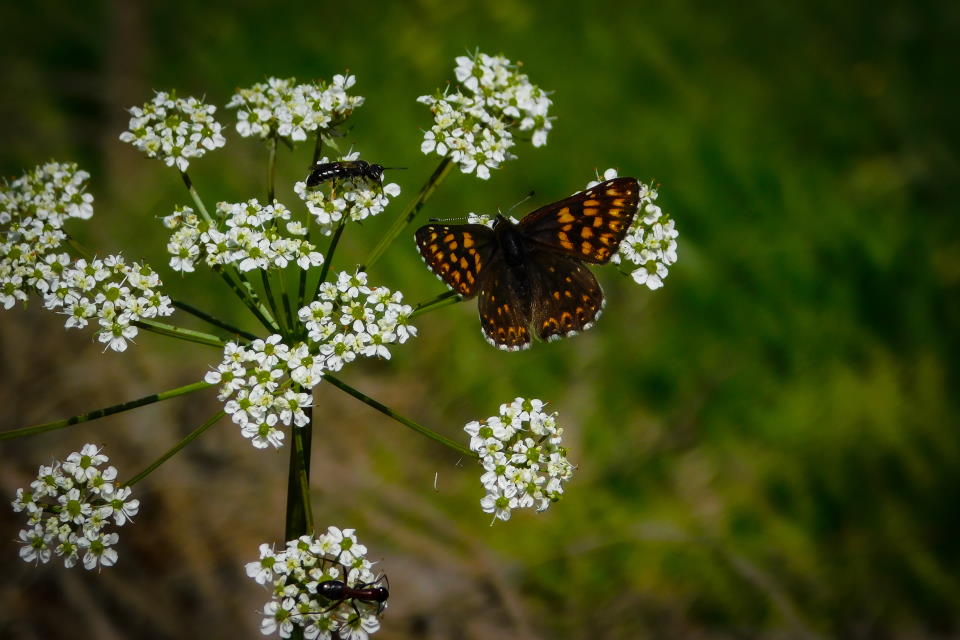
Plants may be dangerous to handle or experiment with. During foraging, check out plants that appear like wild carrots, parsnips, and other vegetables and herbs to be sure they aren’t hemlock, which may be poisonous. You should immediately contact a doctor if you notice unusual symptoms after consuming a plant or herb.
It is a noxious, toxic plant that has a horrible odor. As an alternative medical practice, experts are known to try to use this herb for therapeutic purposes. However, before talking about the plant’s alternative medicine applications and benefits, it would be right to emphasize that only experts should use this plant. Never use this herb individually without consulting a specialist.
Experts may profit from its harmful properties. People who are unfamiliar with the plant should avoid it. Spasm- and pain-relieving hemlock cannot be taken internally because of its toxic nature. It, a deadly herb, may benefit human health if utilized appropriately. According to legend, Socrates, widely regarded as the greatest human intellect, was poisoned by drinking the plant’s poisonous nectar. As well as relieving pain, it may be applied to the hair. The problem is that you can’t just utilize it like other herbs to receive these advantages. Only specialists should be entrusted with your care due to its toxicity.
This plant has a variety of uses. If utilized appropriately, it may make a significant contribution to human health.
- City dwellers’ illnesses, including shortness of breath, chest discomfort, and cough, may be treated with it. Breathing is easier, and coughing is no longer an issue due to its use.
- After boiling hemlock, it may be used to make porridge. As a paste, it may be applied directly to the swollen area to reduce pain.
- The ashes of Hemlock Grass are said to have the ability to strengthen hair if applied to it.
- When boiled and consumed as a tea, it helps to clear the respiratory tract of mucus. Again, he takes care of his lungs and does not allow any issues to arise here.
- Patients with whooping cough or shortness of breath might benefit from this treatment. These kinds of issues are easier to deal with over time.
Do Not Use Hemlock for Various Purposes Without Consulting Experts!
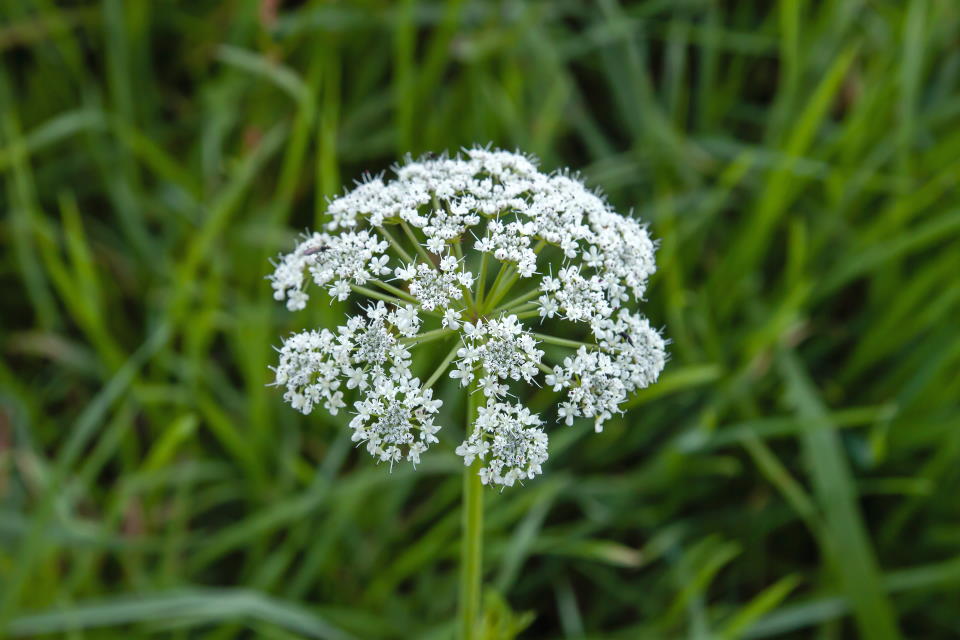
Hemlock dosage depends on several variables, including the age and health of the consumer. Due to a lack of scientific evidence, its dosages cannot be determined at this time. Even natural products may not be completely risk-free. Therefore it is crucial to pay attention to how much you take. Use only after consulting your pharmacist, doctor, or other qualified healthcare providers and only as directed by the manufacturer’s instructions on the product label.
It has been questioned what it does on various websites. This was a question for which there was no clear solution. Although naturally toxic, its extract has substantial health advantages when used correctly. Because of this, what hemlock may be used for varies depending on where it is used.
It relieves stress and tension. It may prevent mental health issues by calming nerves. Follow the doctor’s advice. Unconscious consumption is fatal. Besides that, the plant reduces kidney stones. Alternative medicine uses it to treat spinal cord and brain disorders and aids brain growth. Correctly use this tool. Unprofessional use of hemlock is dangerous.
Conclusion
Conium Maculatum is the scientific name for hemlock. This plant thrives in shaded and moist conditions. You may be poisoned by eating any component of this plant. Small quantities may be lethal if ingested from any part of this plant, and some individuals get skin reactions just by touching this plant. No antidote exists for it. Hemlock’s roots and leaves may be mistaken for wild parsnip and parsley, respectively. There is a risk of unintentional poisoning because of this.
Your farm animals and pets can also be poisoned by eating this plant. There have been reports of animals habitually ingesting the grass yet showing no indications of sickness, according to their owners. Another issue has arisen. Even if your animals don’t display any disease symptoms right now after being fed hemlock, this doesn’t indicate they won’t work in the future. In short, it should be said that you should prevent the presence of hemlock and other poisonous plants in your environment for the health of both you and your animals. In this way, you will avoid possible hemlock poisoning.
You may also be interested in:
How to Grow Cabbage from Seed?


